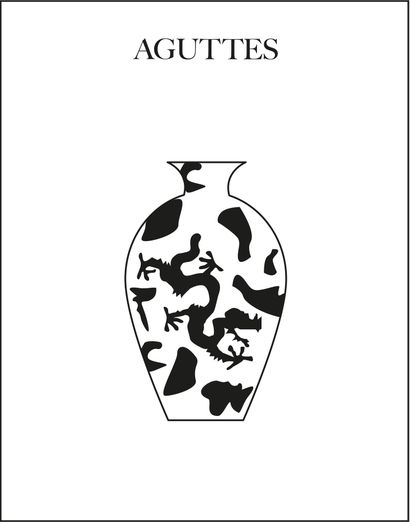Bronze is a copper and generally tin-based alloy that has been used since prehistoric times. It gave its name to a period known as the “Bronze Age”, the dating of which varies according to the regions of the world since it depends on the appearance of the work of this alloy. The oldest bronzes have been found in Anatolia, in present-day Turkey, and date from the beginning of the 3rd millennium before the Common Era.
This type of metallurgy is later in Asia and it was not until the 2nd millennium that some bronze tools or ornaments were seen in China or Korea. In China, bronze is mainly used to make wine vases resting on three or four feet.
From that time on, the techniques used to make bronze objects became widespread in China but also in the countries of Southeast Asia. The Dong Son culture developed in Vietnam, for example, began to produce bronzes using the lost wax method, including high-quality ritual drums, in the middle of the first millennium BC. This civilization then extended its influence in the region and Dong Son-inspired bronzes can be found in Indonesia and Cambodia in particular.
See more
Chinese bronzes are enriched with patinas and gold or silver inlays, while Japanese bronzes are covered with a gold and copper alloy, the shakudo.
It is important to call upon a professional who specializes in the appraisal of antiques from Asia and to ask for an expertise of Asian bronzes before putting them up for auction or buying them. This will enable him to study the quality and finesse of the work and to determine the age and provenance of the pieces offered.



![PEINTRES D'ASIE, ŒUVRES MAJEURES • VENTE [38]](https://cdn.drouot.com/d/image/vente?size=phare&path=78/134916/d155071746784705b81ca19f51f98bd0)







